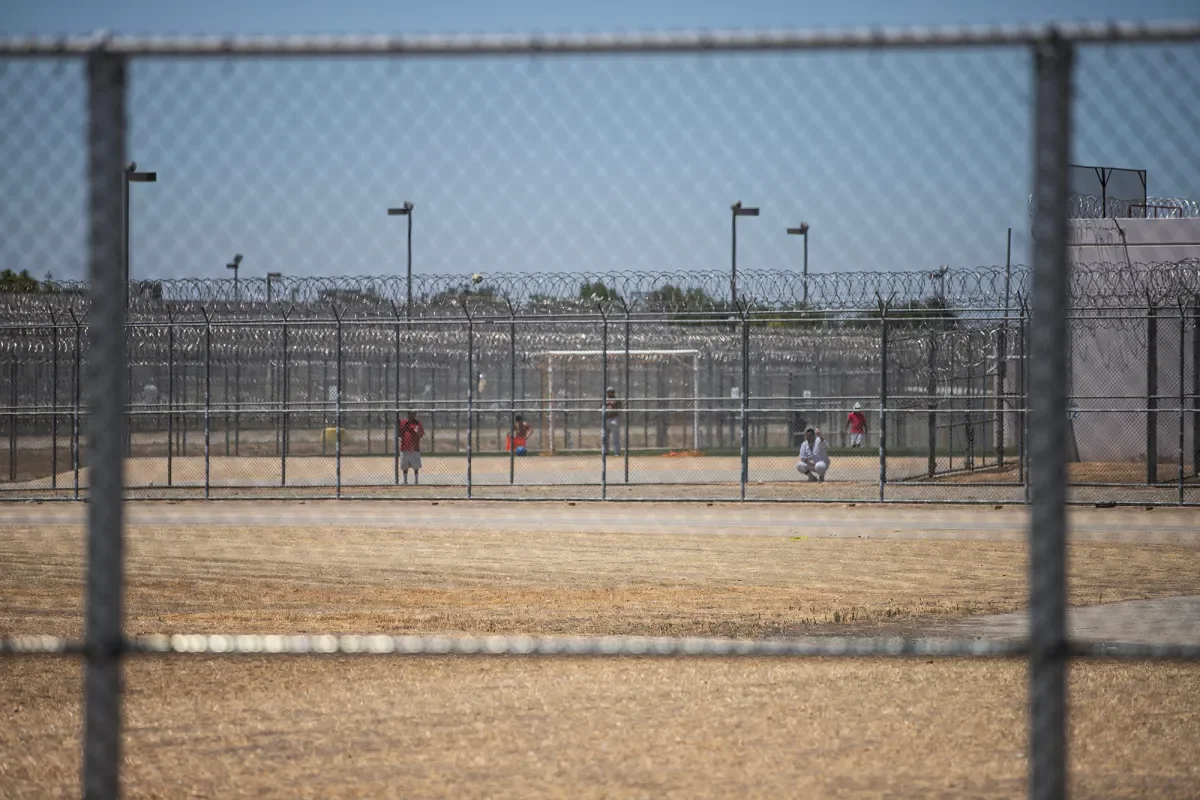How to Find Someone in ICE Detention

ICE and CPB are supposed to report the locations of their detainees within 48 hours of them entering federal custody. Lately, this policy has gone unobserved. Detainee locations are not updated in the ICE Online Detainee Locator System for extended periods of time, some never appear in the system at all, and others vanish entirely. Frequently, detainees are shuttled between detention centers without giving any notice to their families or attorneys. Detainees often report being denied phone calls or cut off from communication with their outside contacts altogether. In some exceptional cases, detainees are deported to third countries or rendered to foreign prisons without a trace. ICE’s opacity and the chaotic nature of its operations can make it difficult to reliably locate detainees.
When an individual is detained by immigration enforcement, they are typically held in ICE or CBP custody awaiting processing, in an ICE detention center, in a local or county jail, or in a federal prison. CPB is supposed to release its detainees after 72 hours—though, recently, many have remained in CPB custody for days or even weeks. Alternatively, they may be released back into their community shortly after their arrest, often with restrictions on their movement and interactions. Detainees with removal orders may be deported to their country of origin or to another country that has agreed to admit them.
Online Detainee Locator System
Individuals in ICE or CPB custody are supposed to appear in the ICE Online Detainee Locator System within 48 hours of being detained. The Online Detainee Locator is publicly searchable and can be used to locate and track the movement of detainees. To find someone in the Online Detainee Locator, you can search for them by their A-number or by their name, date of birth, and country of origin. Detainees under the age of 18 will not appear in the Online Detainee Locator system. To locate a minor in ICE custody, you will need to contact an ICE field office.
Consulate
ICE is required to notify the consulates of other nations when it detains their citizens. If you cannot find them in the Online Detainee Locator, try contacting the embassy or consulate of the country where the detainee was born. If the person you're looking for is an asylum seeker or you believe that they may be persecuted by the government in their country of origin, do not contact their consulate.
ICE
You can also contact ICE directly. If you suspect someone you know was arrested or detained by ICE, call the local field office or detention center where you think they might be. Each ICE field office manages the enforcement operations within its own designated region. If you are unsure which field office to contact, find out which one is responsible for enforcement in the area where that person was arrested. Request the name and contact information of the ICE agent handling their case. Ask if the individual is currently in ICE custody, where they are, if they have been moved, and how to contact them. For your privacy and safety, it is best to have an attorney contact ICE on your behalf, especially if you are a possible target of ICE.
Jails and prisons
ICE relies heavily on local, state, and federal correctional facilities across the country to house its detainees. Many municipal and county jails routinely comply with ICE detainers requesting them to turn over inmates wanted by immigration enforcement. Some even preemptively notify ICE about inmates in their custody who they suspect to be undocumented or wanted for removal. The Federal Bureau of Prisons offers an “Inmate Locator” tool used to find inmates in federal custody. To use the Inmate Locator, enter the person's full name or their A-number (referred to as “INS Number”). County jails usually operate their own online inmate directories as well. If the person you're looking for does not appear in the Online Detainee Locator or any other inmate directory, contact the prisons and jails in the area where they were arrested.
